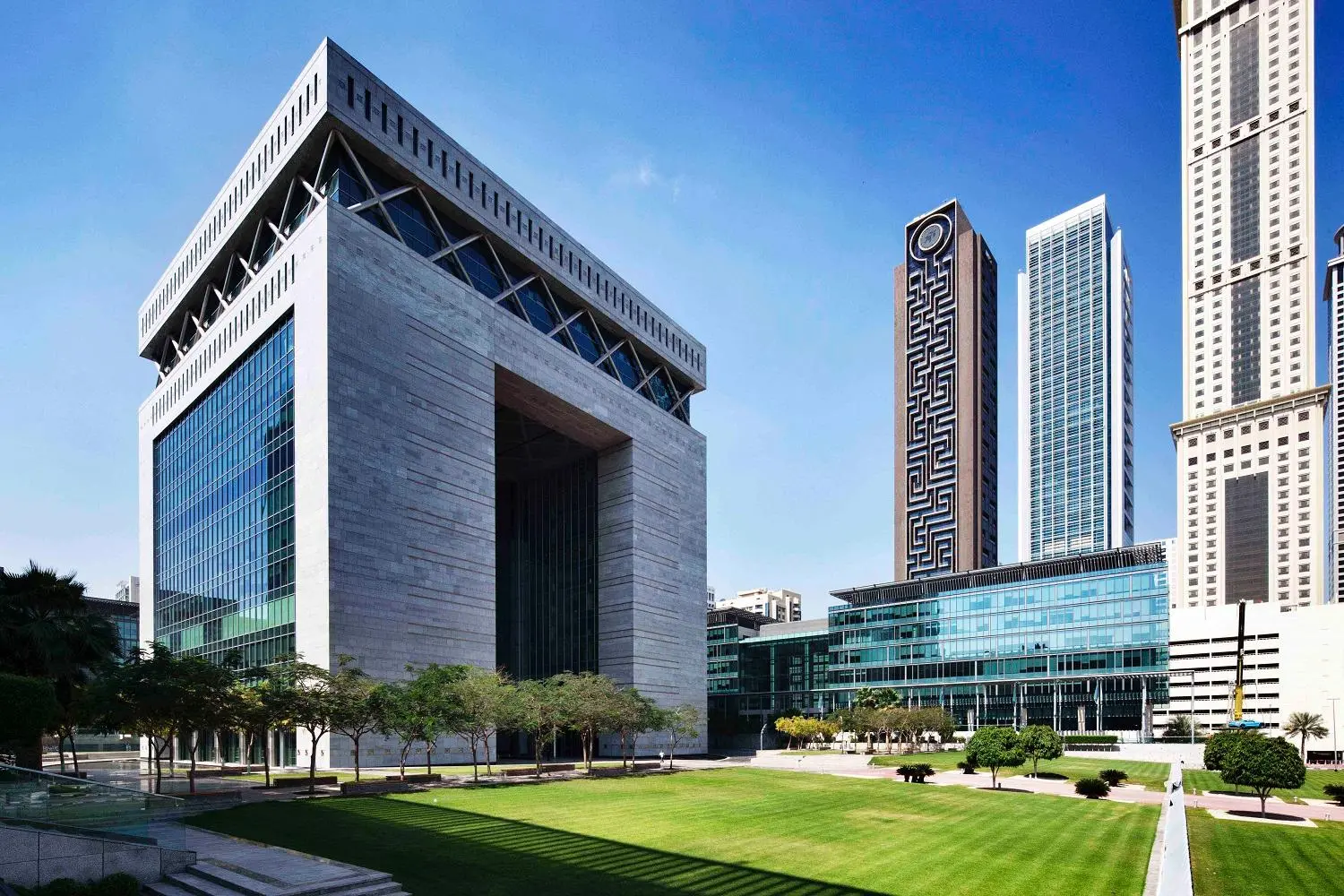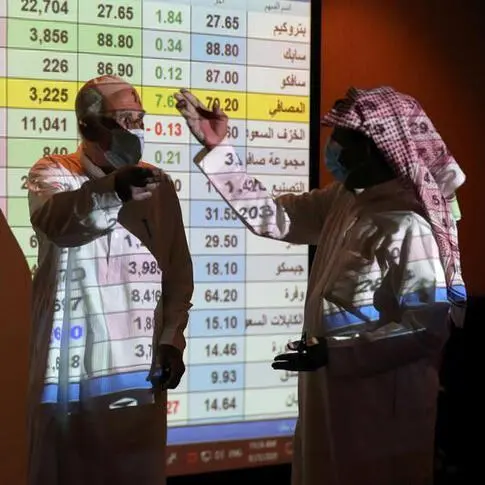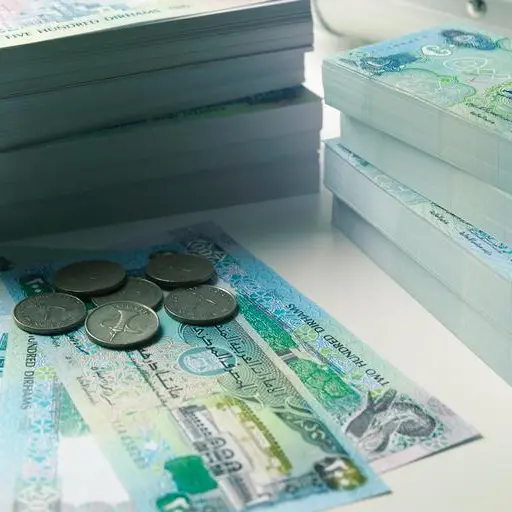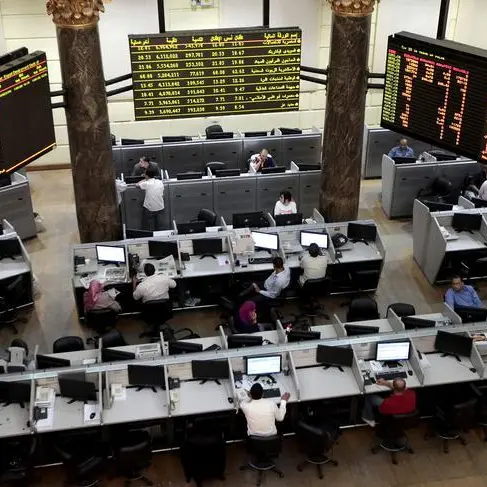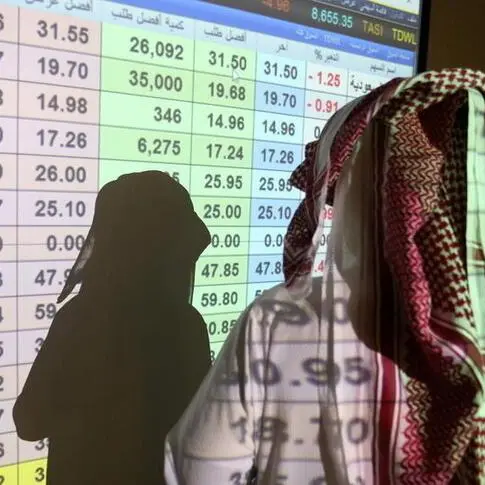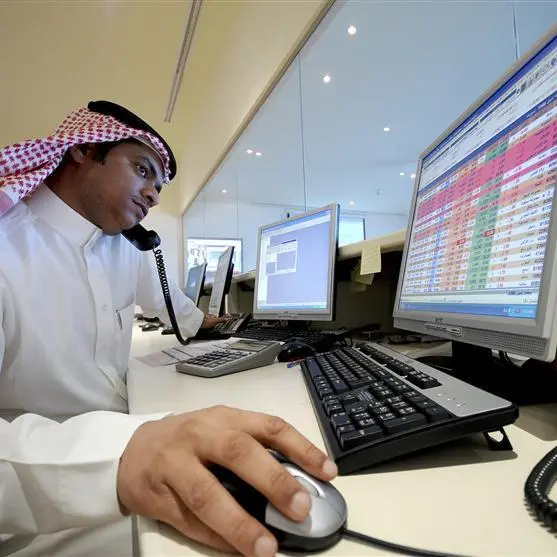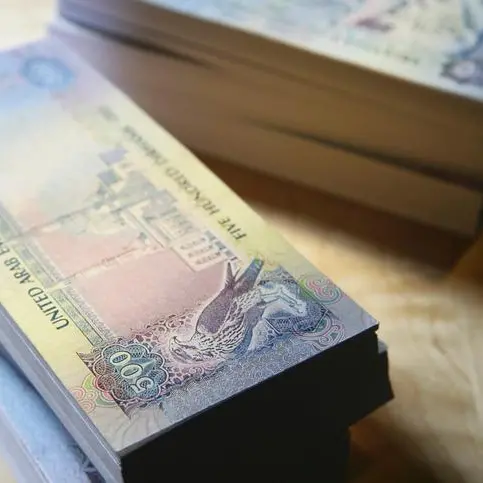PHOTO
The opening up of Saudi Arabian markets has been touted as one of the major financial opportunities in the Middle East and North Africa (MENA), with data showing inter-regional dealmaking in the region at its highest levels since 2013.
In the keynote speech at the inaugural Thomson Reuters Middle East Dealmaking Forum, Matthew Toole, the company’s global head of deals intelligence, said that merger and acquisition (M&A) deals between MENA companies has totalled $16.6 billion so far this year, with $13.9 billion completed during the first three months of the year – a 7 percent year-on-year increase and a three-year high.
However, inter-regional deals only involving local firms increased by 42 percent to hit a five-year high at $3 billion.
Speaking at a panel discussion which took place at the event at the Ritz Carlton DIFC on Sunday evening, Karim Tannir, MENA head of investment banking at JP Morgan, said that changes initiated by Crown Prince Mohammed bin Salman were putting Saudi Arabia at the crux of a logistical value chain for East meets West, with social initiatives on entertainment and a revolutionary attitude to education and healthcare among the conditions creating opportunities for investment.
“Privatisation is going to be very important in the coming few years,” said Tannir. “The regulations being put in place for the capital markets resurgence are at the heart of it, they are very favourable, and the positioning of Saudi Arabia as a land of opportunity is picking up interest from foreign direct investment. The reception for credit issue in Saudi Arabia has picked up, and that trend is going to continue.”
Yaser Moustafa, senior managing director of private equity firm NBK Capital Partners, said Saudi Arabia was his firm’s second-largest destination for funds, surpassed only by Turkey in terms of private equity investment.
However, he said private equity in Saudi Arabia had been ‘a tale of two markets’ over the past decade, with private equity investors who were able to enter in 2009, with oil prices at $110 per barrel, and exit in 2014, experiencing a ‘fantastic story for private equity’.
He added: “If you invested in the consumer story in 2015, at elevated valuation levels, and you’ve seen some of the contraction of consumer sector drive by VAT, removal of subsidies, the ‘ex-pat tax’, which by some estimates caused 1 million people to leave in the space of 18 months, you saw a dramatic contraction.”
Saudi Arabia’s National Centre For Privatisation – responsible for getting the framework for privatising public services right and for ensuring companies privatise at the right time – is how the Saudi Government was managing the country’s wholesale conversion to the private sector, Moustafa added.
Tannir said international investment had already begun taking advantage of the more open environment in the kingdom, with around $2.5 billion already entering the market, for example, with Bupa’s extension of its ownership in Bupa Saudi Arabia by 5 percent to just below 40 percent in a 400 million Saudi Riyal ($106.67 million) deal last month an example of this.
Moustafa said that the challenge faced by the alternative asset sector in the region – which includes private equity, hedge funds, infrastructure and real estate investment – is access to capital.
“The challenge of alternative capital in the region is funding,” he said. “Whether it’s in normal businesses or healthy businesses. In 2017, fundraising focus in the region for this asset class was less than $500 million raised.
“Without the oxygen to chase those types of opportunities, it’s very difficult to execute. Are there opportunities for plays with distressed businesses? Absolutely.”
He said that some of the biggest funders in the region are its huge sovereign wealth funds, but that at present many of these were putting money outside of the region.
Dealmaking activity in Egypt was also discussed, with Mohamed Fahmi, co-head of EFG Hermes Investment Banking, saying the country had undergone tough economic reforms in recent years, but that there continued to be huge potential thanks to Egypt’s market demography – 60 percent of the population is under the age of 25.
For Tannir, there was also likely to be focus on the UAE by debt capital markets. “The UAE will be a success story on the DCM (debt capital market) side, and Abu Dhabi will be at the centre of that,” he argued.
Fahmi sounded the session’s closing optimistic note, saying: “If we have seen anything in the last 7-8 years, it’s unbelievable volatility and unbelievable growth.”
He added that ‘very proactive governments across the region’ would continue to contribute to the growth.
Thomson Reuters is the owner of the Zawya.com website.
Further reading:
Deal-breakers: Value of M&A deals down by over half, with construction down 95% in 2017
Middle East M&A activity rallies in Q4 2017
Global mergers and acquisitions reach record high in Q1
Investment outlook: Gulf's fixed income market likely to match last year's highs
Middle East sovereign funds spend more on alternative assets - report
(Reporting by Imogen Lillywhite; Editing by Michael Fahy).
Our Standards: The Thomson Reuters Trust Principles
Disclaimer: This article is provided for informational purposes only. The content does not provide tax, legal or investment advice or opinion regarding the suitability, value or profitability of any particular security, portfolio or investment strategy. Read our full disclaimer policy here.
© ZAWYA 2018